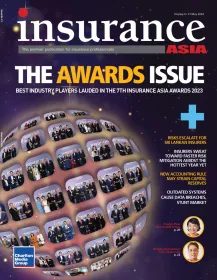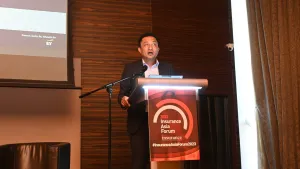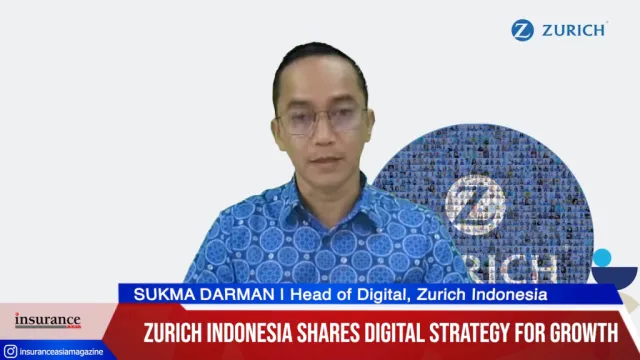Insurance innovation labs, a failed experiment
By George KesselmanDespite significant investments made insurance innovation labs have largely failed to deliver impact beyond positive initial PR stories. Why is that the case and how can it be fixed? Recent years has seen insurance industry leaders globally waking up to reality that the dream of industry being insulated from the digital revolution sweeping across many other industries was just that, a dream. With a heavy baggage of legacy IT systems and rigid corporate cultures, incumbents found themselves in a tough situation. What’s the best way to prepare for upcoming disruption without meantime hurting your existing business. Innovation labs appeared, at least initially, like a perfect answer. In-house innovation that brings the right ingredients to allow for a safe digital experimentation without causing disruption to the existing businesses. The expectation was that innovation labs would become a quasi-startups that would allow insurers to build digital and innovation capabilities to safeguard against the coming digital disruption.
What started off with MetLife setting up LumenLab in mid-2015 have now grown into 10 labs in Singapore alone. Having done an extensive exploration with the labs as well as in-depth dialogs with insurance business leaders, our conclusion is that most labs have managed to deliver only very limited digital innovation and are generally perceived as ineffective by their business leaders.
Labs are stuck
So why, despite hiring digital-native entrepreneurial talent and supporting them with substantial financial investments, have the labs not delivered on the innovation promise. The answer is simple: labs are stuck! Desperate the expectations placed on them, they are not given enough independence and ability to take risks. On one side labs have management of their local insurance businesses. The management focused on delivering business-as-usual targets and view labs as a “pet” project. A CMO mentioned to us that while he’s interested what innovation can do for the business, he has no idea what their innovation lab in the same city is working
on… On the other side, labs do not carry a Profit and Loss (P&L) responsibility and are not allowed to freely compete by taking and scaling business concepts in an open market. This has resulted in a disconnect between labs and their businesses and a corresponding mutual frustration.
To get the labs unstuck insurance industry needs to recognise that innovation is notat all a linear exercise and in fact involves a lot of risky fail-prone experimentation. The experimentation and corresponding failure that is native to startups. At the sametime its important to acknowledge that innovation currently goes against the very DNA of most insurance organisations and it will take some time for that to change. To get the labs unstuck we need to start to be fair to them and let them focus on their strengths:
Step 1: Stop asking Labs to create digital innovation. While in its current setup labs struggle with creating innovation they have unique strengths of being close to both the world of InsurTech startups and world of insurance corporate. Therefore, its logical for them to take on a role of innovation bridge to startup ecosystem. A lab would mean a SWAT team of five innovation ninjas.
Step 2: Engage Startup Ecosystem. Startups have a lot of complimentary strengths. Unlike vendors who deliver on business requirements, InsurTech startups can take on the risk of experimentation, failure and to some degree regulatory risks. Given an opportunity they do the heavy lifting of creating innovative concepts, iterating it to achieve product-market fit and scaling those up rapidly. There’sunfortunately very little in a way of shortcuts with the ecosystem and cultivating a reputation of a fair contributor to an ecosystem is an important asset for an organization who is serious about innovation.
Step 3: Start experimenting, on a smaller scale. Proof of concepts and rapid pilowith startups are a good way to start building an experimentation, collaboration and problem solving mindset within an organisation. Innovation is as much about grid as it is about creativity, risk tolerance and technology expertise.
In summary, insurance innovation labs are an experiment that hasn’t yet delivered. This presents a clear opportunity to learn and redesign them based on the experience of past two years to leverage labs natural strengths to maximise their impact.












 Advertise
Advertise












